Love the nose
Macro Photography
Re: Macro Photography
The first one is a shell -O
Here are three pics with effect, well I'm trying new features on my camera
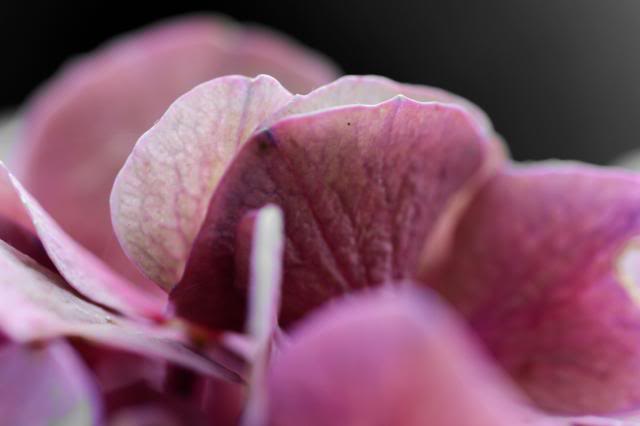
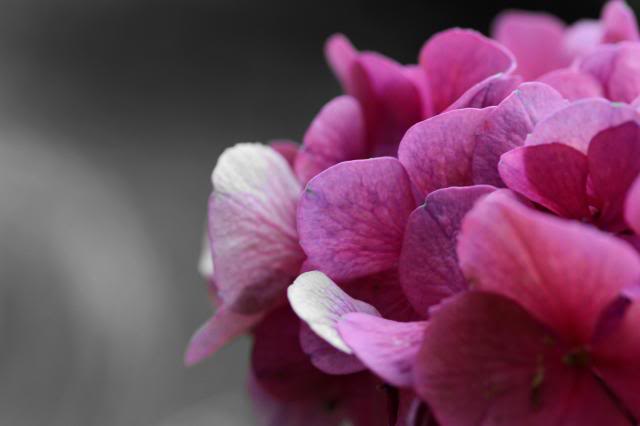
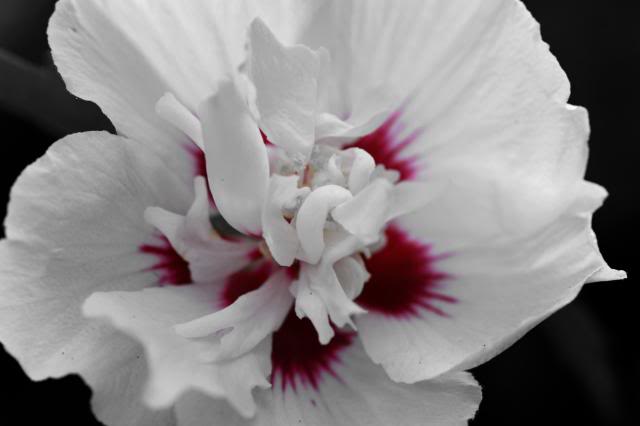
Here are three pics with effect, well I'm trying new features on my camera



Re: Macro Photography
Oh dear, cowrie is a kind of shell right?!Bushcraft wrote:Katja wrote:The first one is a shell -O

A cowrie
- Mel
- Global Moderator
- Posts: 27436
- Joined: Sat May 19, 2012 12:31 pm
- Country: Germany
- Location: Föhr
- Contact:
Re: Macro Photography
Katja, keep up posting your experimental pix -
they are really interesting and might get me wanna start macros myself.
and might get me wanna start macros myself. 
Great riddles as well -O
they are really interesting
Great riddles as well -O
God put me on earth to accomplish a certain amount of things. Right now I'm so far behind that I'll never die.
Re: Macro Photography
Mel wrote:Katja, keep up posting your experimental pix -
they are really interestingand might get me wanna start macros myself.

Great riddles as well -O
Thanks Mel, I will definitely do so, as I have to practise with my camera.
Re: Macro Photography
Here are a few things I do that might help someone who is just beginning their foray into Macro photography. Most of it is quite simple, as I am very aware of my own lack of expertise and am reluctant advising others. Also, we each have our own aesthetic and idea of what we want to accomplish w/ a given pic.
1. Angle - both vertical and horizontal positioning need to be taken into account. As with most pics of animals/birds, a low angle is more pleasing. Changing your position even slightly can result in a much better shot (for ex. try to move to either perpendicular to an insect to get more of it in focus, or to its head for eyes in focus, rather than settling for a shot from its rear). Also rotate the camera itself for more vertical subjects or compose the pic with the idea of rotating it during post processing.
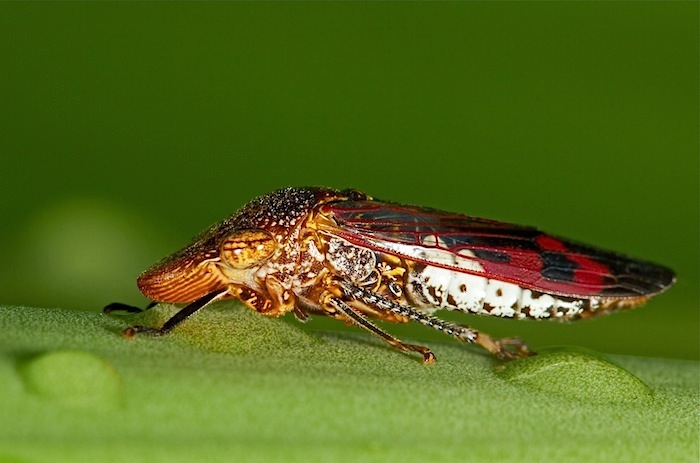
(Low angle & perpendicular)
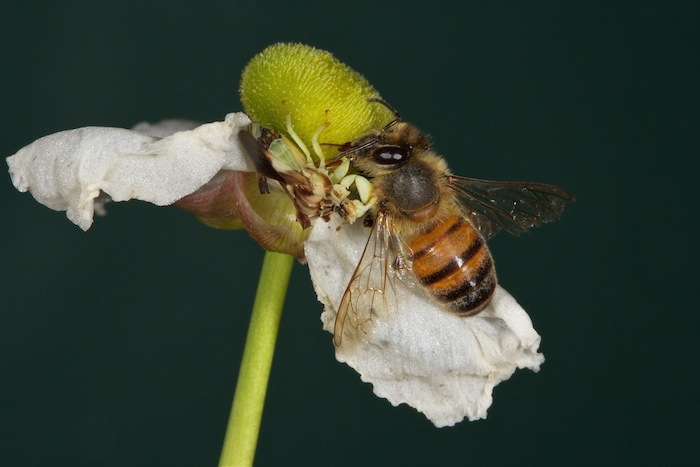
Original image
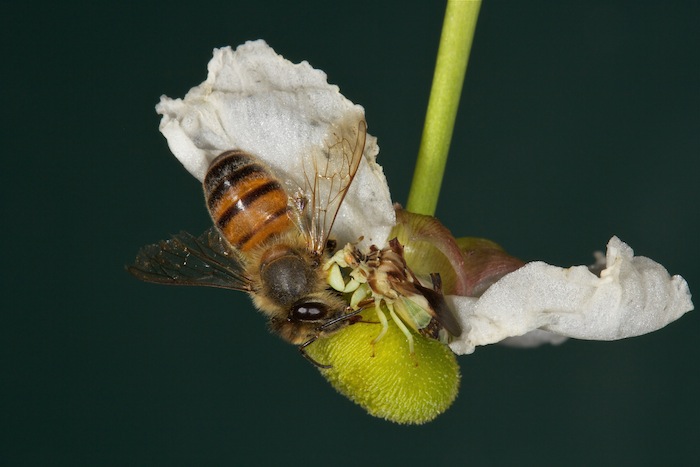
Rotated image
TAKE AS MANY DIFFERENT ANGLES AS THE SUBJECT ALLOWS. YOU MAY BE PLEASANTLY SURPRISED.
2. Lighting - This has been, for me, what has made the most dramatic difference in my photos. Due to the issues with shadows, shallow DOF, etc., I would strongly urge anyone to use a flash. This will avoid harsh shadows and bring out more detail in your subject. Ring flashes or twin flashes are more desirable, as they light the subject from all angles. I prefer twin flash as it is more flexible (can move the light heads to numerous diff. positions and angles), and can adjust the amount of light output (1/2, 1/4 etc). They also allow you to shoot in different weather conditions.
Just as important as a flash is the use of light diffusers over your flash source. Bright flash can produce glare and blown out areas, especially on highly reflective subjects. Diffusers reduce and soften the light as well as spreading it out. This brings out more detail by avoiding overexposed highlights.
You can buy plastic diffusers that fit over your flash, or make your own. There are many different types of home-made diffusers that you can find on the internet. One of the best macro photographers on ODP suggests using the plastic liner sheet from a particular brand of chocolates, for example.
USE A FLASH AND DIFFUSERS
I'll break this up into smaller entries rather than one BEEG one
1. Angle - both vertical and horizontal positioning need to be taken into account. As with most pics of animals/birds, a low angle is more pleasing. Changing your position even slightly can result in a much better shot (for ex. try to move to either perpendicular to an insect to get more of it in focus, or to its head for eyes in focus, rather than settling for a shot from its rear). Also rotate the camera itself for more vertical subjects or compose the pic with the idea of rotating it during post processing.

(Low angle & perpendicular)

Original image

Rotated image
TAKE AS MANY DIFFERENT ANGLES AS THE SUBJECT ALLOWS. YOU MAY BE PLEASANTLY SURPRISED.
2. Lighting - This has been, for me, what has made the most dramatic difference in my photos. Due to the issues with shadows, shallow DOF, etc., I would strongly urge anyone to use a flash. This will avoid harsh shadows and bring out more detail in your subject. Ring flashes or twin flashes are more desirable, as they light the subject from all angles. I prefer twin flash as it is more flexible (can move the light heads to numerous diff. positions and angles), and can adjust the amount of light output (1/2, 1/4 etc). They also allow you to shoot in different weather conditions.
Just as important as a flash is the use of light diffusers over your flash source. Bright flash can produce glare and blown out areas, especially on highly reflective subjects. Diffusers reduce and soften the light as well as spreading it out. This brings out more detail by avoiding overexposed highlights.
You can buy plastic diffusers that fit over your flash, or make your own. There are many different types of home-made diffusers that you can find on the internet. One of the best macro photographers on ODP suggests using the plastic liner sheet from a particular brand of chocolates, for example.
USE A FLASH AND DIFFUSERS
I'll break this up into smaller entries rather than one BEEG one
- Mel
- Global Moderator
- Posts: 27436
- Joined: Sat May 19, 2012 12:31 pm
- Country: Germany
- Location: Föhr
- Contact:
Re: Macro Photography
Firstly - great photos once again, ExFmem and secondly, thanks once more for
educating us 'ignorants'. Really interesting and helpful (also, they way you
describe it!) for people who have got no idea (aka: me )
)

educating us 'ignorants'. Really interesting and helpful (also, they way you
describe it!) for people who have got no idea (aka: me
God put me on earth to accomplish a certain amount of things. Right now I'm so far behind that I'll never die.


